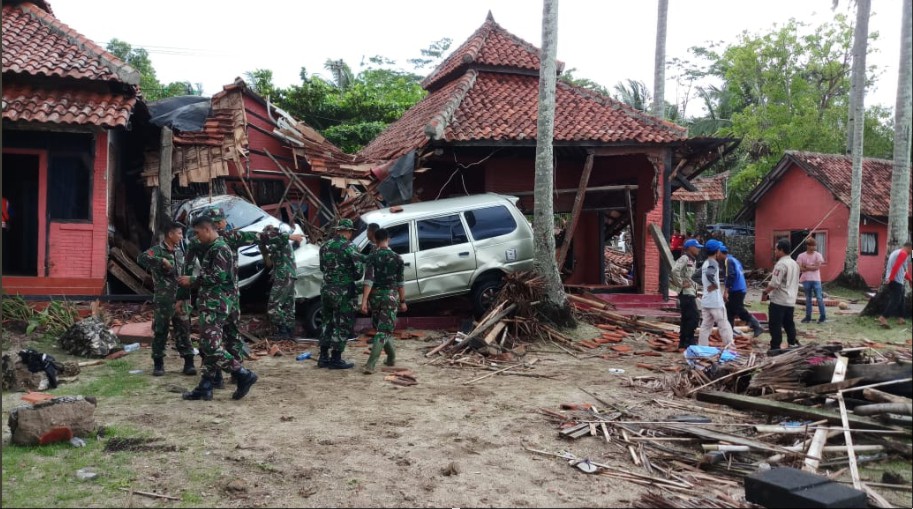Indonesia is a large archipelago in the Ring of Fire with 127 active volcanoes, so it is not uncommon for the island nation to have frequent earthquakes and tsunamis. Since September 2018, there have been two deadly tsunamis and several earthquakes with a combined death toll of over 2,500.
The latest in the string of killer waves hit western Java and southern Sumatra on Dec. 22 when the volcano Anak Krakatau erupted. The eruption triggered a partial collapse of the volcano itself, which is believed to have then caused the Sunda Strait tsunami. The original reports claimed the waves reached a maximum of three feet, but have since been revised to say the waves reached 16 feet in some areas. As of Dec. 28, the Jakarta Post reported the Sunda Strait tsunami had claimed 429 lives and injured nearly 1,500 more, with more bodies found every day in remote locations around the islands.
Officials warned residents to stay away from the coast for several days following the tsunami as the still-erupting Anak Krakatau could trigger another. The Indonesian government raised a level-three tsunami alert on Dec. 27—the second highest on their four-tier system.
After the Indian Ocean tsunami took over 250,000 lives throughout 14 countries in 2004, Indonesia put an early tsunami warning system in place in the hopes it would help save lives during any future tsunamis. However, according to the New York Times, the system has since fallen into disrepair, and due to the high cost, has not been repaired or replaced.
Professionals have stated even if the warning system was functional, it likely would not have given enough time for evacuation, as reported by The Washington Post. The system was designed to detect earthquakes due to tectonic activity as this is what causes approximately 90 percent of tsunamis in the region. Conversely, the system is not designed to detect volcanic activity, and therefore would not have been able to give warning for the most recent tsunami.With the volcano still spewing smoke and ash into the air, residents were advised to stay indoors or wear masks and goggles if they needed to go outside. Indonesia has declared a state of emergency until Jan. 4.






